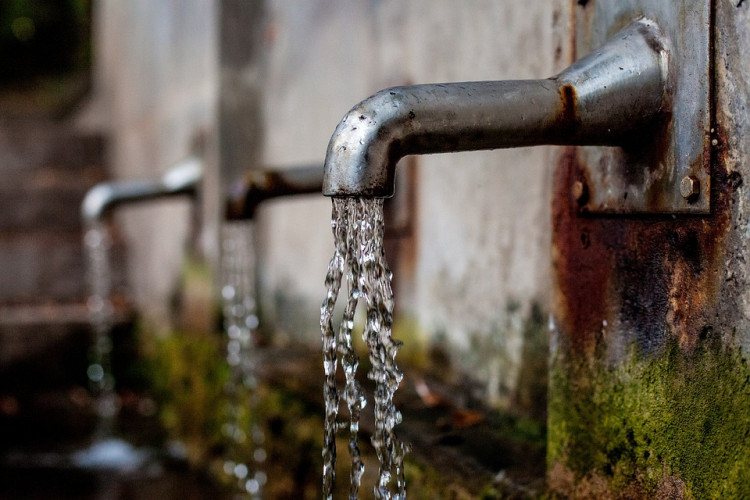The Environmental Working Group (EWG) has highlighted a critical issue facing the United States: significant contamination of drinking water systems with perfluoroalkyl and polyfluoroalkyl substances (PFAS), known as "forever chemicals" due to their persistent nature.
The latest data reveals that New Jersey, Massachusetts, California, New Hampshire, and Pennsylvania are the states most affected, grappling with high levels of these hazardous substances.
According to EWG's interactive map, these states report the highest number of water systems exceeding proposed PFAS limits. New Jersey tops the list with 556 systems, followed by Massachusetts at 439, California at 263, New Hampshire at 202, and Pennsylvania at 125. David Andrews,
EWG's Deputy Director and Senior Scientist, noted the association of PFAS presence with industrial activities. "There's a strong association with urban areas in particular. It goes along with industrialization, the use of consumer and industrial products, but, in particular, some of the highest sources of contamination have been firefighter training facilities or airports," he explained, as reported by Newsweek.
These findings come at a time when regulatory bodies and state governments are increasingly focused on addressing the issue. California has been proactive in this regard, having monitored PFAS since 2019. "The proposed maximum containment levels for the six PFAS are well in line with our compliance advisory levels," said a spokesperson for the California State Water Resources Control Board. They emphasized the importance of source control by "eliminating it from nonessential uses and at the industrial manufacturers that may be using it."
Pennsylvania has also taken significant steps by setting regulatory limits for select PFAS in drinking water, thus moving ahead of the EPA's guidelines. "Pennsylvania moved ahead of the EPA's PFAS limits in protecting drinking water," a spokesperson for the Pennsylvania Department of Environmental Protection shared. They added that the state is actively working to align its regulations with upcoming federal rulemaking.
Amid these state-level efforts, the federal government under President Joe Biden has introduced national limits on PFAS in drinking water, marking a significant policy shift aimed at safeguarding public health. This move requires water systems across the country to meet the U.S. EPA maximum contaminant level (MCL) for PFAS within five years.
Andrews remarked on the proactive measures some states have already taken: "That contamination has been identified a number of years before this regulation passed, and in many cases, the water systems in those locations of the highest contamination have already taken action or reached settlements with some of the polluters to install filters over the next couple of years."
This regulatory momentum is essential, not just for states already grappling with PFAS contamination but also as a preventative measure nationwide. For instance, in Michigan, comprehensive testing and regulation of water systems have been implemented. "Michigan is already well ahead of many states regarding PFAS and has established its own drinking water standards-known as maximum contaminant levels-for seven PFAS compounds," said a spokesperson for the Michigan PFAS Action Response Team.






